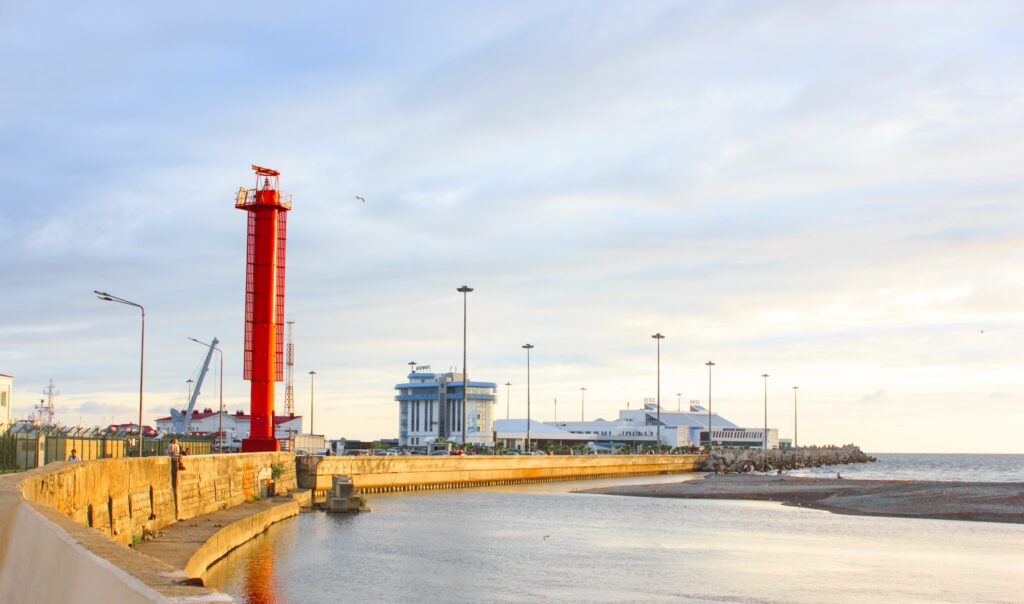Oil and Gas
InSAR monitoring increasing in the Oil and Gas industry
InSAR monitoring is highly effective for monitoring displacements over large areas above oil wells, gas reservoirs, and pipeline infrastructure.
InSAR monitoring effectively manages ESG compliance in the immediate and broader surrounding areas and assists with the detection and risk mitigation of oil spills and gas leaks.

Storage monitoring: the injection and extraction cycles of underground oil reservoirs and gas storage facilities cause surface uplift or subsidence, which risks the safety of the infrastructure and the environment.
Pipeline monitoring: Land motion often damages oil and gas pipelines, polluting the environment and contributing to climate ch

An increasing cause of operational disruption is the increasing occurrence of permafrost melting and change in precipitation patterns that induce ground displacements that disrupt oil and gas operations. An example of this occured in the spring of 2020, when melting permafrost deformed one of Norilsk Nickel’s oil terminals, partially destroying it and spilling 20,000 tonnes of diesel into the adjacent lakes and rivers, which flowed into the Arctic Ocean. The monetary damage to the environment was estimated to be at least USD 2B.
